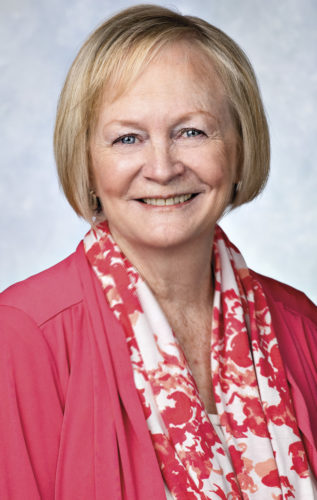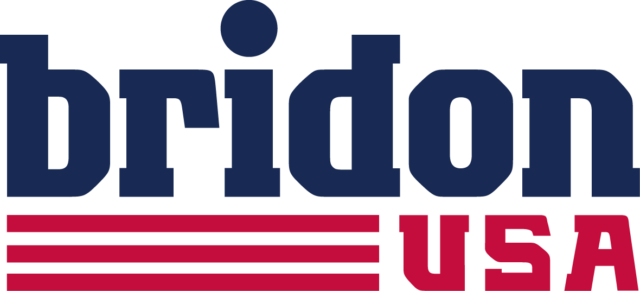Everyone makes it sound so simple, don’t they?
To shed some light on the issue, I posed questions to two esteemed livestock judges – Jack Ward, chief operations officer of the American Hereford Association, and Larry Boleman, associate vice chancellor at Texas A&M University.
Why don’t show ring values and industry values align?
Ward: In most cases, the show ring will align with the thoughts and ideals of the judge and how that judge makes decisions in their own program.
So different regions of the country have varying breeding plans and ideals. Some want growth, some want carcass, some want moderation, some want muscle, some need more milk and others less, and so the industry is not fully integrated across the regions.
I believe these factors are the differences and not so much a disconnect of industry and judges’ choices.
Boleman: I think the show ring and industry values actually do align (although it might not be articulated and defended in the placing – therefore giving some doubt to the observer that my premise is true), especially if the judge possesses both technical training (judging team, academic and cattle selection technologies) and practical experience with the lifetime performance of both breeding and market animals – including breeding, calving, weaning, growing, finishing, marketing and starting the cycle again.
So whether the values align or not is likely more dependent on the qualifications, experiences and skills of the judge rather than the process.
As the beef industry changes, do judges follow the curve or lead the curve?
Ward: I do believe that judges can affect the changes and must adapt to some changes as well.
Most importantly, I think a judge should select animals that are reflective of their programs. Not all should think exactly alike, and it is good to have different opinions on direction.
Boleman: This gets controversial because a judge must understand the current market conditions and select on the basis of the current conditions and specifications as driven by the market, whether it’s in breeding animals or market.
However, change is inevitable and based on consumer and producer needs, and often the judge has to take the lead (and often accept abuse) and offer new opinions.
This has happened often, e.g., when the industry needed to move to larger animals from smaller, then later from too large-framed to more moderate; and the always-changing from too fat to leaner and from too lean to more fat; in breeding animals, choosing for earlier puberty to calving annually from the age of two and selecting for greater longevity.
All these are industry-driven – but the evolution must be promoted and often led by judges.
Regarding the show ring, what do you wish beef producers understood better?
Ward: I have always enjoyed the show ring as someone who grew up through 4-H and youth programs. In addition, my sons are doing the same, and it is a way for all of us to stay bonded together with a common goal.
As an adult, I always felt like the show ring was a form of advertising for my program, and even though we are all very competitive and would like to win, the real benefit is getting to visit face to face with lots of breeders and to showcase a program.
My family and I have made connections around the world due to our efforts in the ring, and so it has both a social and competitive component.
Boleman: The show ring is the “show window of the industry.” It allows people to see and correlate selection traits with visual appraisal with emphasis on structure, muscling and conditioning.
Records are extremely important, but selection of animals on records only without visual appraisal will get you in as much trouble as visual-appraisal selection of animals only without records and data utilization.
So both are extremely important and should be used collectively, and the show ring is an important piece as the “show window” of the total livestock industry business.
What challenges do judges face in a changing industry?
Ward: Judges need to continue to be fair and accurate in their evaluations. With the addition of new tools for evaluation such as EPD and genomics, judges must be willing to understand the value of incorporating all of these things in placing classes and selecting winners.
Boleman: A lot of our judges come from academic training from livestock judging programs at our land-grant institutions, and I believe they are well-trained – but they have to guard against becoming complacent with that knowledge only and not keeping up with industry trends and understanding the total industry components to be able to offer the best selection process that fits our industry needs.
Likewise, those judges not academically trained, but relying solely on their respective industry knowledge and experiences, could gain broader knowledge by incorporating some of the academic knowledge imparted by academic outreach and extension programs.
It behooves all judges, irrespective of their training and skill levels, to stay current and keep learning, and keep an open mind but remember the basics of the industry enterprises and the bottom line of economic stability. ![]()
PHOTO
Cattle shows allow spectators to tie selection traits with visual appearance. Staff photo.









